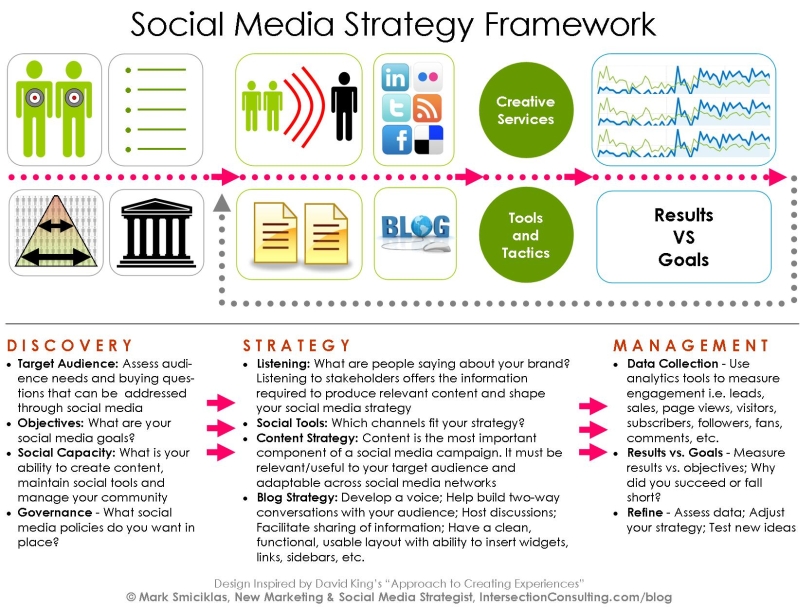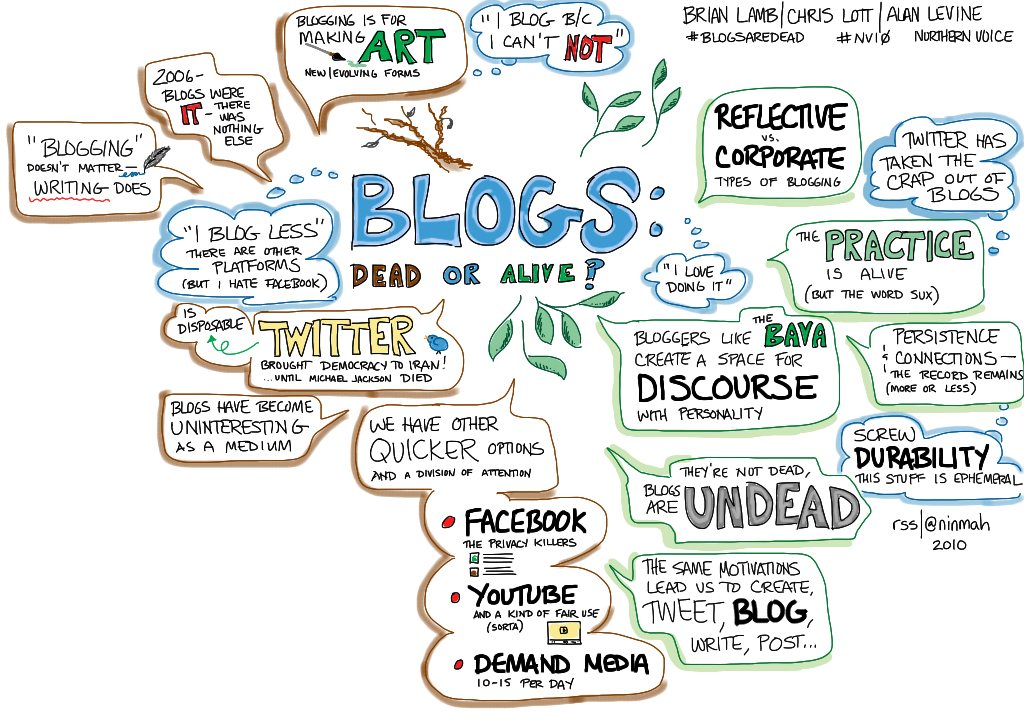Social Media Marketing is an integral part of modern digital marketing, allowing brands to connect with a massive audience. Whether you’re a small business owner, a marketing professional, or a complete beginner, this resource will cover every aspect of social media marketing, from strategy development to best practices and tools.
1. What is Social Media Marketing?
Social Media Marketing refers to promoting and selling your product on social media platforms such as, Instagram, Pinterest, Facebook, Linkedin etc. As these Platforms have large number of audience it is easy and cheaper and effective way of reaching towards your audience. Every Social media platform has different purpose and role creating the content accordingly will help you generate leads quickly.
- It involves a variety of activities:
- Text, image, and video communications
- Engagement tactics
- Paid advertising strategies
2. Benefits of Social Media Marketing

- Increased Brand Awareness: Platforms like Facebook, Instagram, and Twitter offer access to billions of users.
- Higher Engagement: Real-time interaction through likes, comments, and shares.
- Targeted Advertisement: Advanced ad tools allow targeting based on demographics, interests, and behavior.
- Cost-Efficiency: Organic reach is cost-effective; paid ads offer high ROI.
- Better Customer Interaction: Social media enables direct communication with customers, building relationships.
- Enhanced SEO: A strong social media presence indirectly boosts search engine rankings.
3. Developing a Social Media Marketing Strategy

- Set Clear Goals: Use the SMART framework (Specific, Measurable, Achievable, Relevant, Time-bound).
- Define Your Audience: Understand demographics, preferences, and behaviors.
- Analyze Competitors: Identify market gaps.
- Choose Platforms: Select based on goals and audience.
- Build a Content Calendar: Plan and schedule content in advance for consistency.
- Assign Budget: Allocate for paid ads as needed.
- Measure & Adjust: Track metrics like engagement, reach, and ROI to refine strategies.
4. Choosing the Right Social Media Platforms

- Facebook: Great for brand loyalty and ad targeting; suitable for B2B and B2C.
- Instagram: Visual, youth-oriented; ideal for B2C, e-commerce, and influencer marketing.
- Twitter: Real-time updates; popular among tech, media, and news brands.
- LinkedIn: Best for B2B marketing and professional networking.
- TikTok: Creative video content; excellent for reaching Gen Z.
- Pinterest: Valuable for e-commerce, especially fashion, decor, and food.
5. Types of Content and Ideas

- Images: Photos, graphics, and infographics attract attention.
- Videos: Product demos, tutorials, and behind-the-scenes content drive engagement.
- Stories: Temporary posts that create urgency (FOMO).
- Live Streams: Real-time interactions for Q&A, product launches.
- Polls & Surveys: Encourage audience participation and feedback.
- User-Generated Content (UGC): Showcase customer experiences.
- Educational Content: Tips, tutorials, and how-tos establish brand authority.
6. Optimizing Content for Different Platforms

- Facebook: Engaging graphics, short videos; post 1-2 times daily.
- Instagram: Images, Stories, Reels; use hashtags; post 1-3 times daily.
- Twitter: Brief, hashtag-rich content; post 3-5 times daily.
- LinkedIn: Formal, informational posts; post once daily.
- TikTok: Trend-driven videos; post 1-3 times daily.
7. Tools and Software for Social Media Marketing

- Content Creation Tools: Graphic design tools.
- Scheduling Tools: Hootsuite, Buffer, Later for consistency.
- Analytics Tools: Google Analytics, Sprout Social, HubSpot for engagement and ROI tracking.
- Listening Tools: Track mentions and feedback with Brandwatch, Mention.
- Ad Management Tools: Facebook Ads Manager, Google Ads for ad targeting and tracking.
8. Measuring Success and Analyzing Metrics

- Engagement: Likes, shares, comments, retweets.
- Reach & Impressions: Views and unique viewers.
- Followers: Track growth in audience.
- Traffic: Use UTM parameters and Google Analytics.
- Conversions: Monitor actions like clicks, form submissions, purchases.
9. Best Practices for Winning at Social Media Marketing
- Consistency: Post regularly.
- Authenticity: Represent the brand personality genuinely.
- Use Hashtags: Research and use relevant hashtags sparingly.
- Influencer Marketing: Reach wider audiences through influencers.
- Engage with Audience: Respond to comments, questions, messages.
- Experiment: Test new content formats and trends.
10. Trends in Social Media Marketing
- Short-Form Video: TikTok and Instagram Reels drive engagement.
- Social Commerce: In-app shopping eases the customer journey.
- Augmented Reality (AR): Enhanced experience with AR filters and try-ons.
- AI and Automation: AI for customer service and personalization is on the rise.
- Niche Communities: Connect with niche followers in closed groups.
11. Common Mistakes to Avoid
- Ignoring Analytics: Regularly assess performance.
- Excessive Promotions: Prioritize value over self-promotion.
- Inconsistent Branding: Keep branding uniform across platforms.
- Neglecting Customer Feedback: Engage with feedback for loyalty.
- Spreading Too Thin: Focus on a few key platforms rather than all.
Conclusion
Social media marketing is perhaps the best means of expanding your brand, engaging with your audience, and attaining your business objectives. With the appropriate tools, producing engaging and relevant content, and maintaining consistency in your efforts, you can establish a solid online presence that gets noticed. Begin by establishing clear objectives, knowing your target audience, and customizing your content to their needs and interests. Review your performance on a regular basis to know what’s successful and what doesn’t work, and be willing to modify your strategy when trends shift. Using the strategies, tools, and advice provided in this guide, you possess everything you need to excel in social media marketing’s competitive environment. Get moving now, remain tenacious, and see your brand flourish and succeed!







Leave a Reply